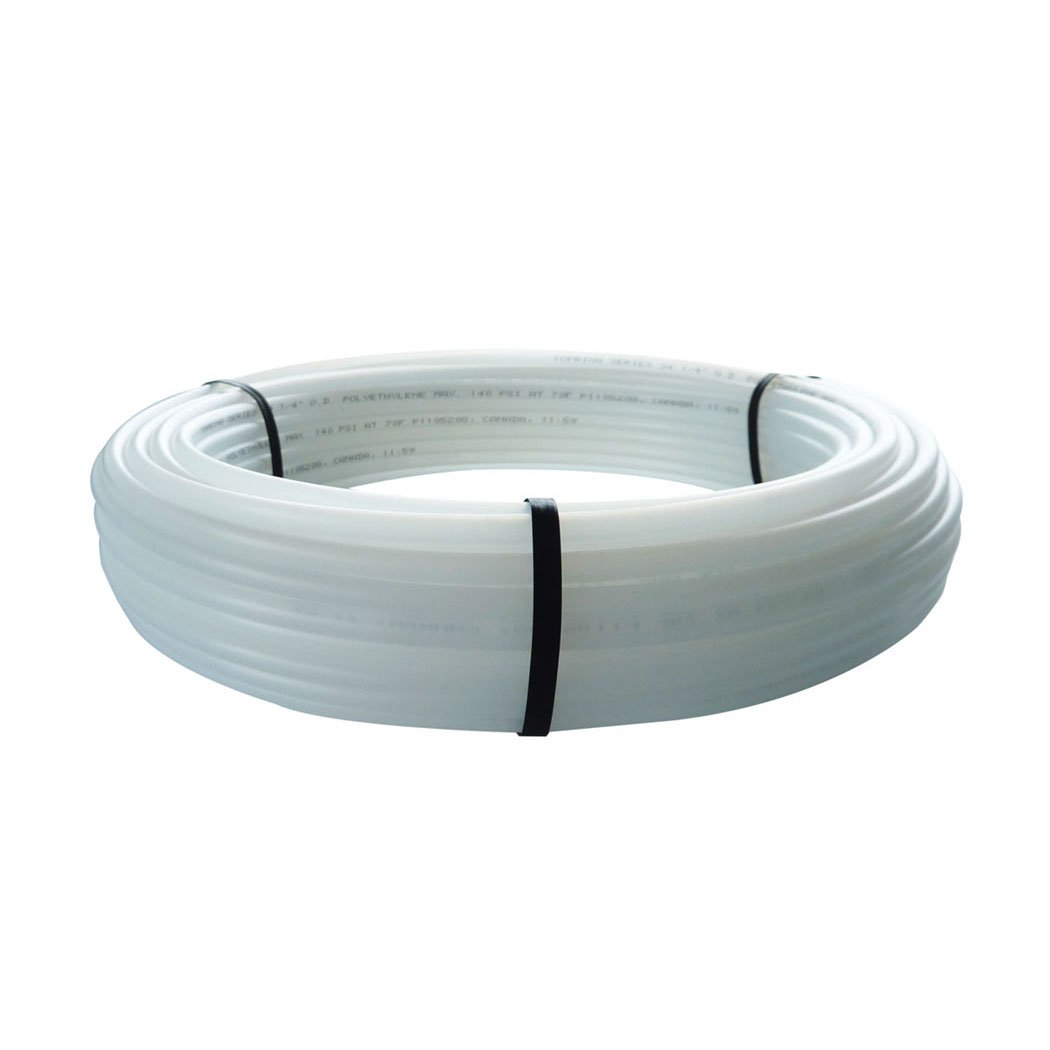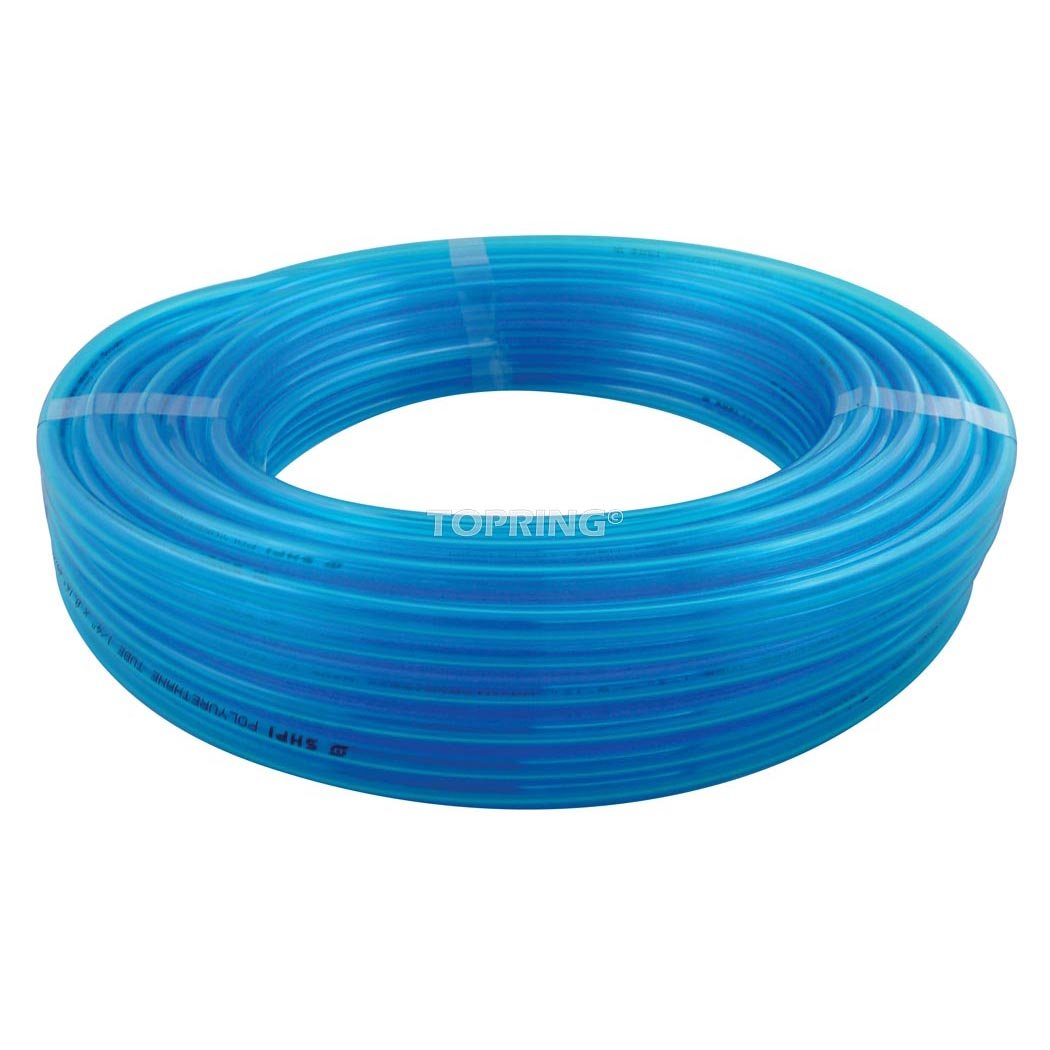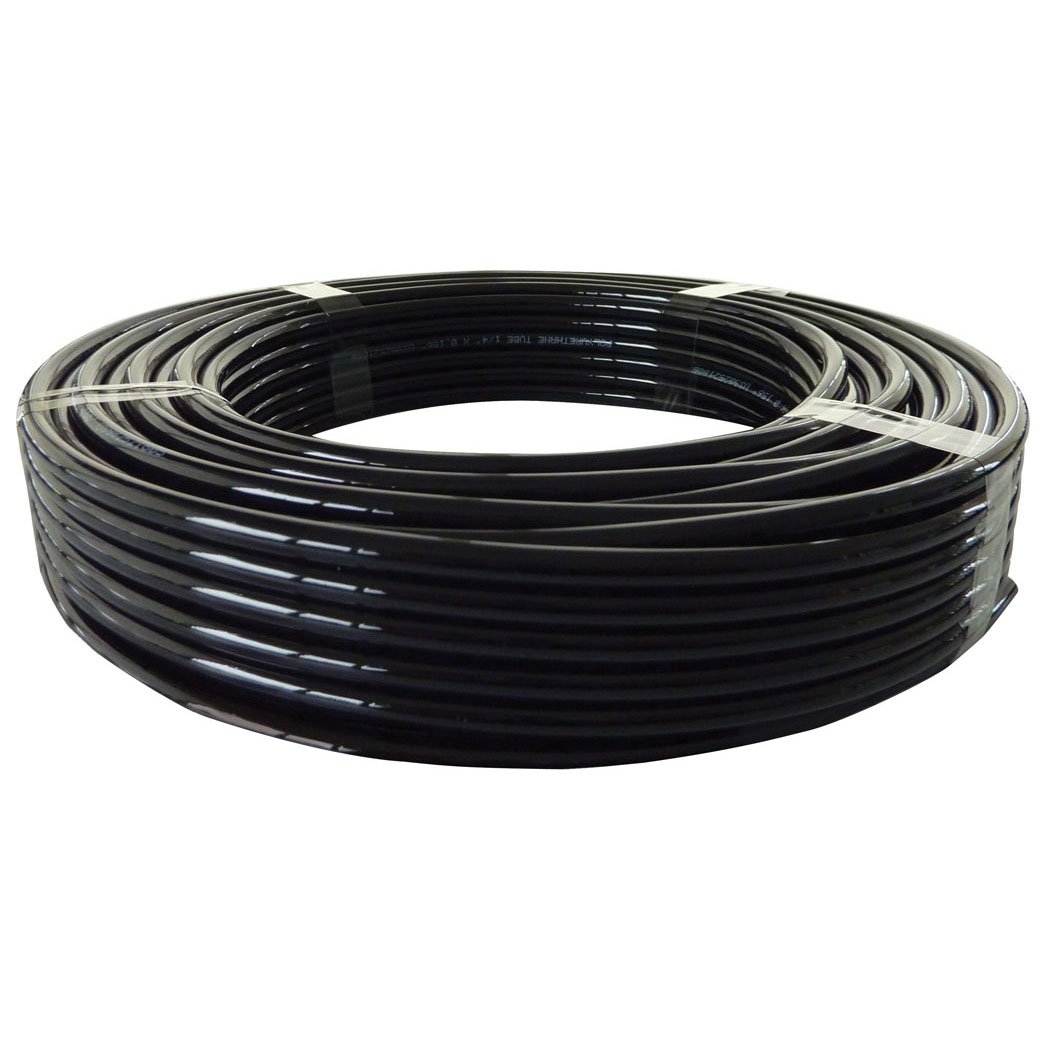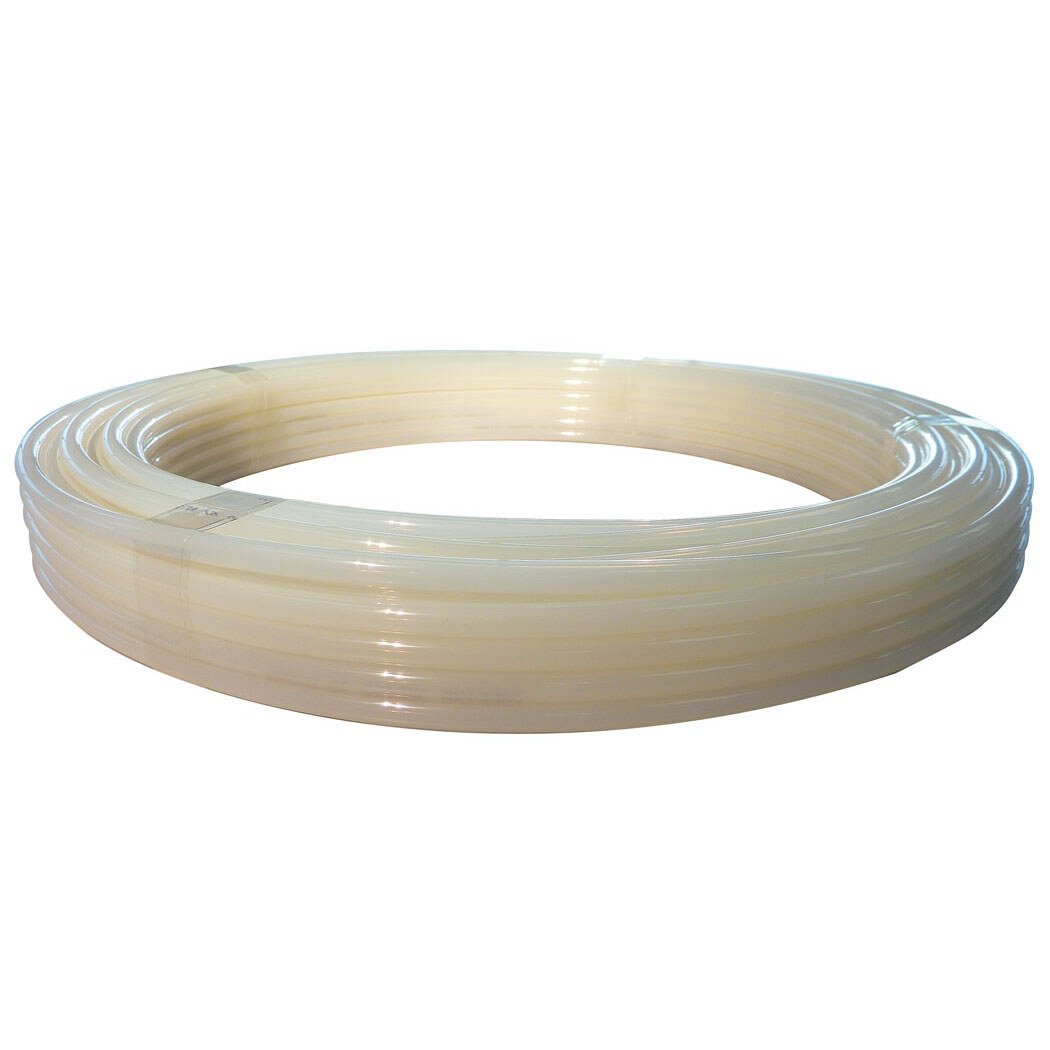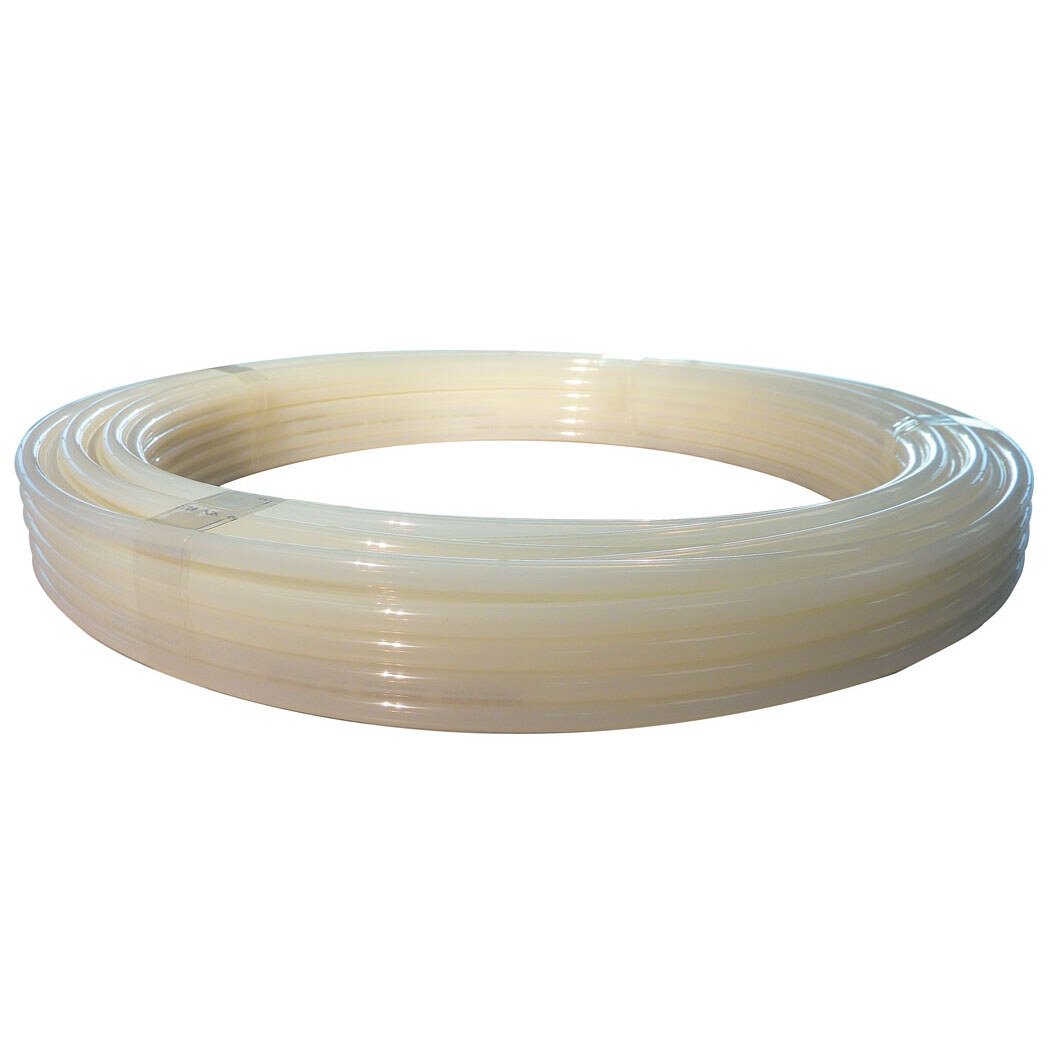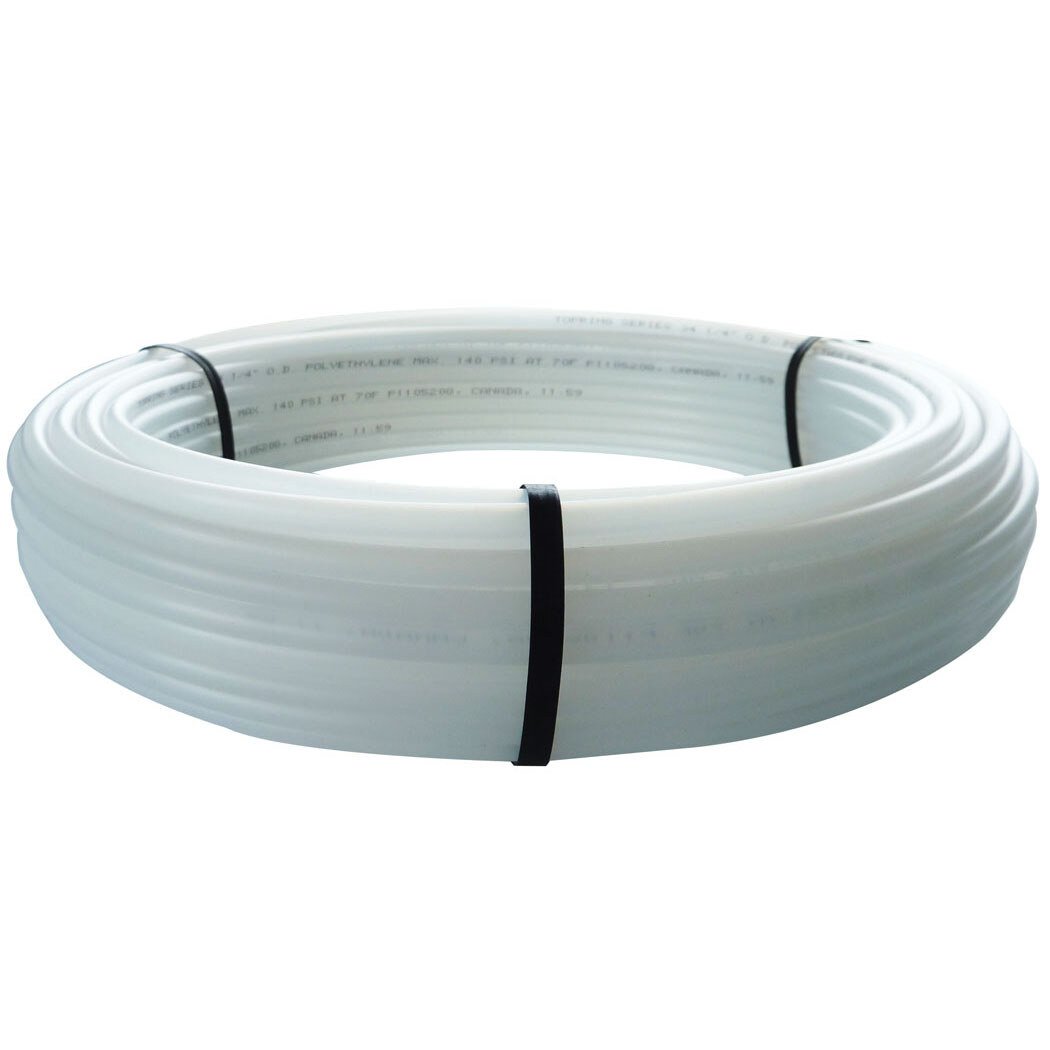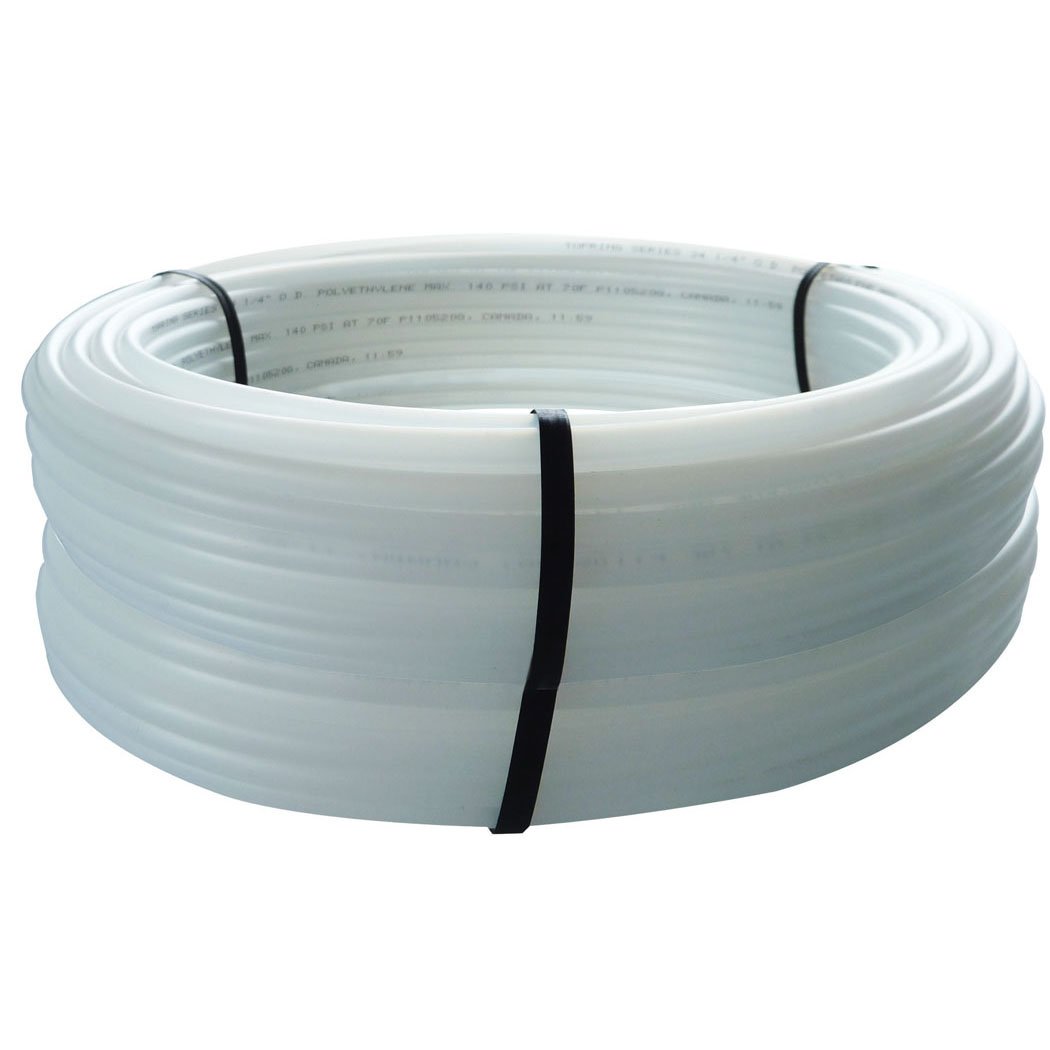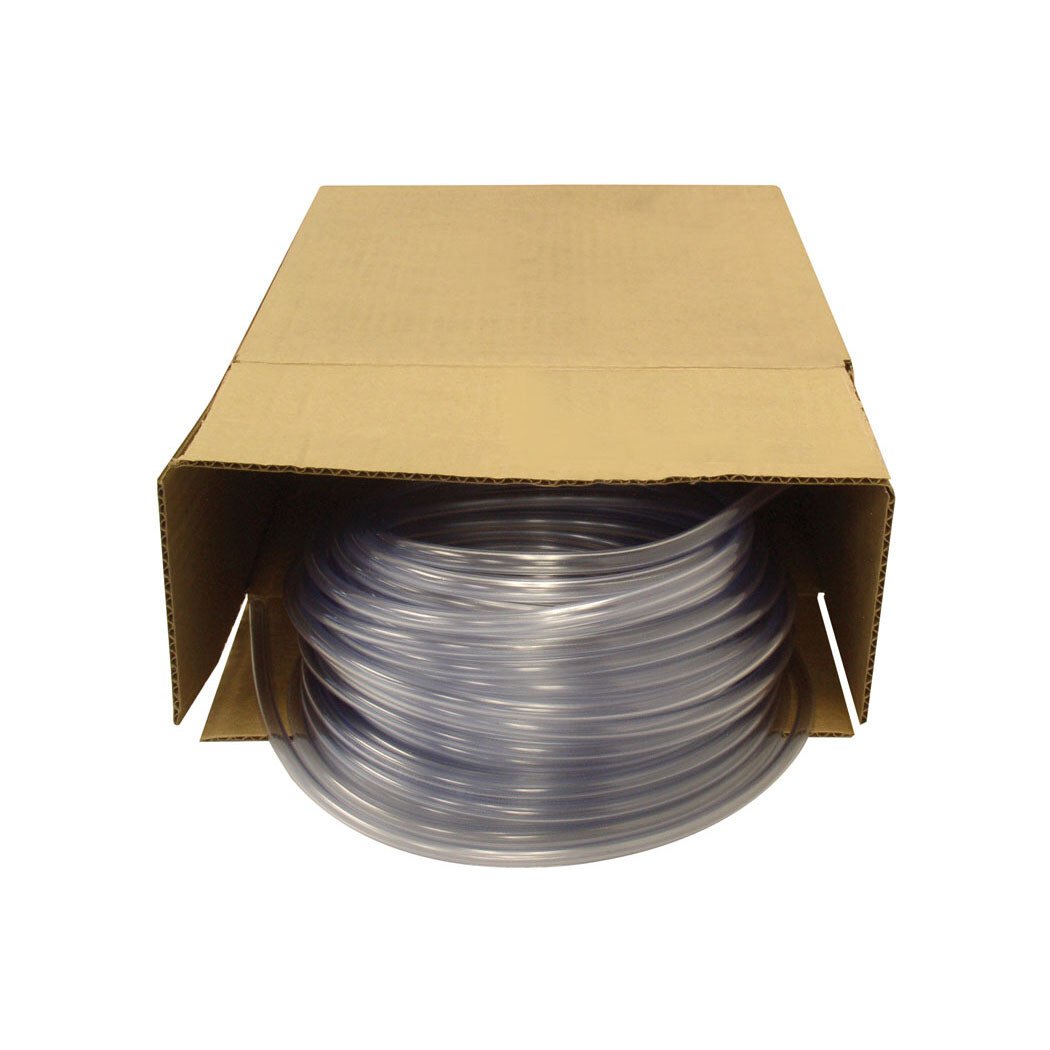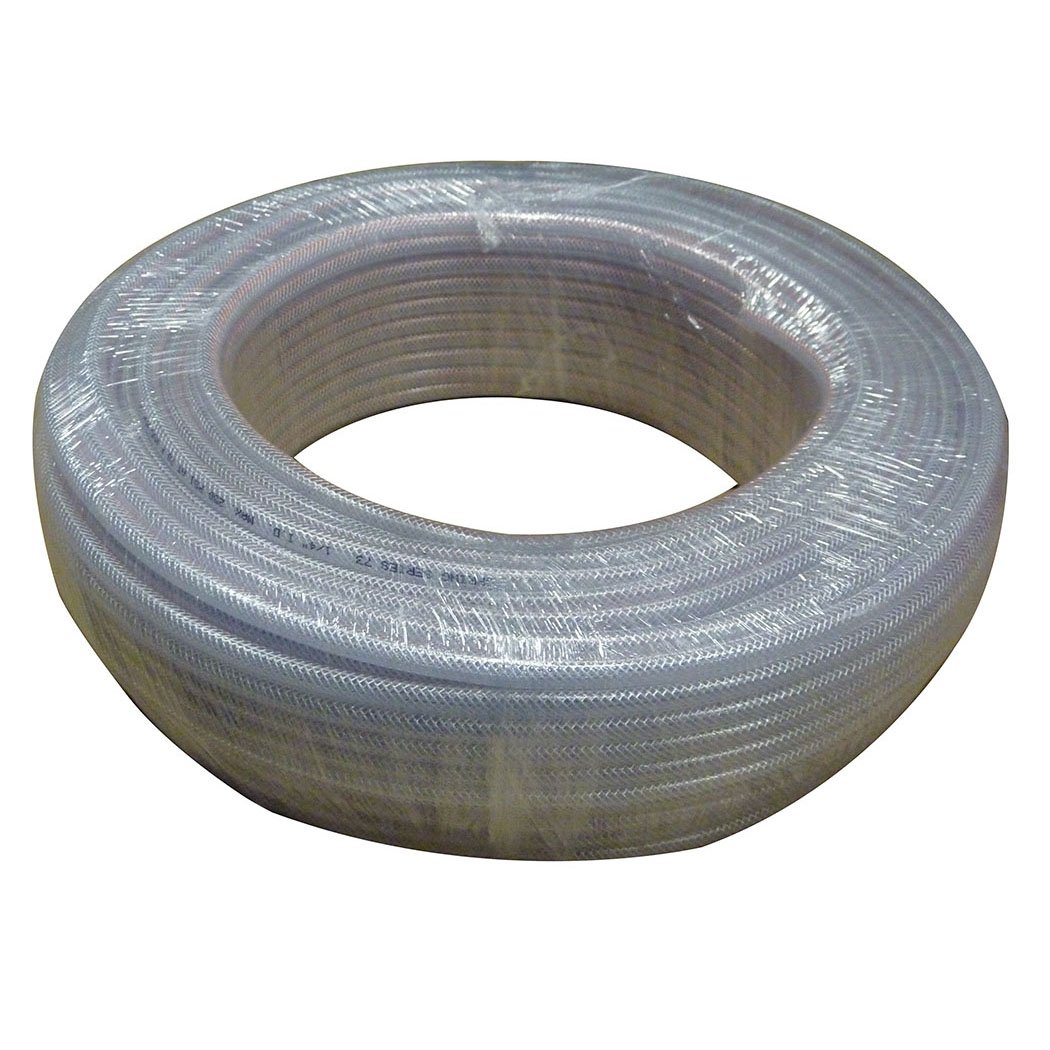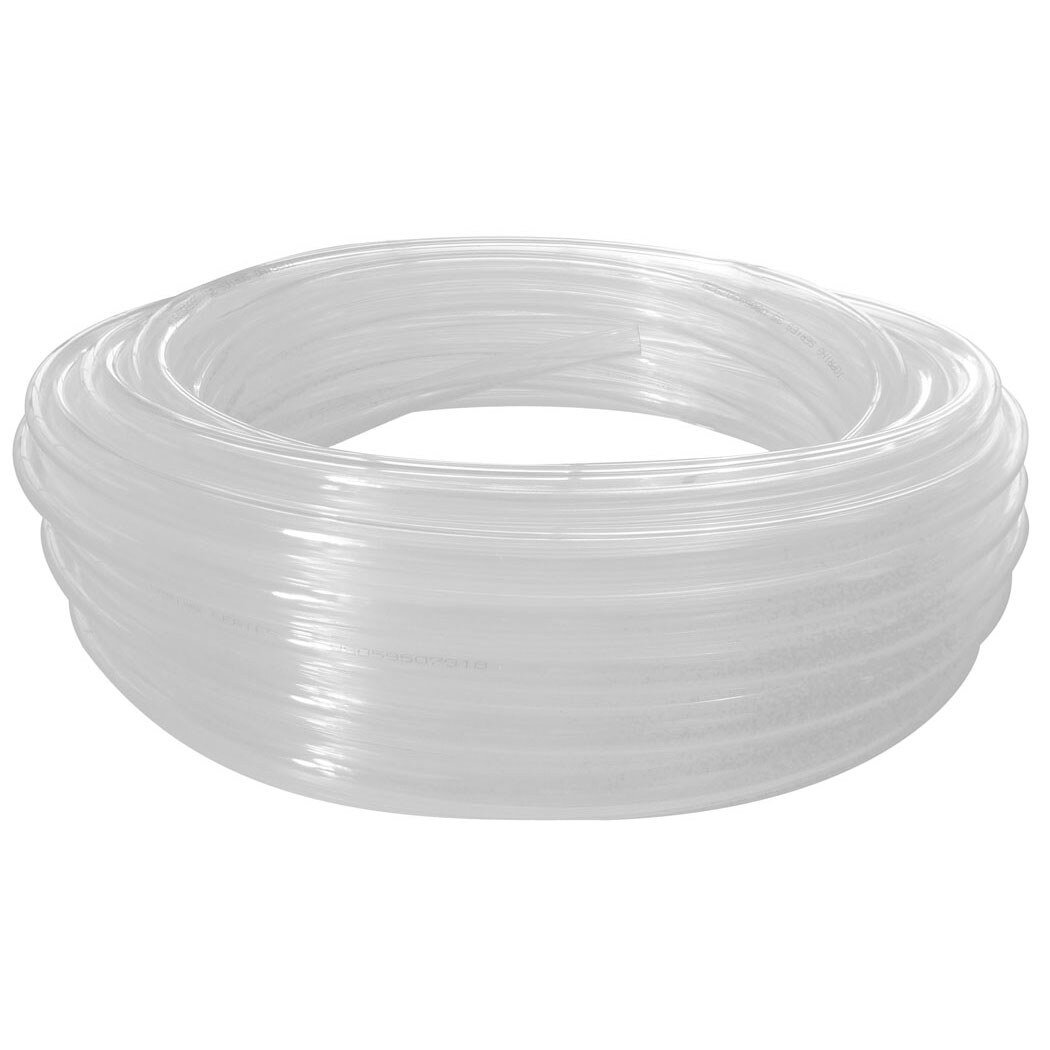Tubes pneumatiques
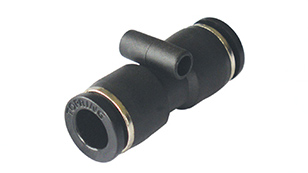
- …
Choisir le bon tube pneumatique
Les tubes pneumatiques sont indispensables au transport de l'air et des gaz comprimés dans diverses applications industrielles et commerciales. Le choix de la bonne tuyauterie implique la prise en compte de plusieurs facteurs afin de garantir des performances, une sécurité et une longévité optimales du système pneumatique. Voici un guide d'achat complet pour vous aider à prendre des décisions éclairées :
Types de matériaux et propriétés
Polyuréthane à base d'ester (TPU) :
Ils sont connus pour leur excellente flexibilité, leur résistance à l'abrasion et leur résistance aux huiles et aux graisses.
Polyéthylène linéaire à basse densité (LLDPE) :
Offre une bonne flexibilité et une bonne clarté, ainsi qu'une résistance à la fissuration sous contrainte due à l'environnement.
Polyéthylène basse densité (PEBD) :
Souple, léger et économique, il présente une bonne résistance aux acides, aux bases et aux solvants.
Nylon/Polyamide 12 :
Grande solidité, ténacité et résistance à l'abrasion et aux produits chimiques, y compris les huiles et les carburants.
PTFE/Fluoropolymère :
Résistance chimique exceptionnelle, surface antiadhésive et tolérance aux températures élevées.
PVC (chlorure de polyvinyle) :
Léger, économique, il offre une bonne résistance à l'abrasion et à la corrosion.
Composé de PVC :
Il offre une flexibilité et une résistance aux intempéries accrues par rapport au PVC standard.
Éléments à prendre en compte lors de la sélection
Pression nominale : Veillez à ce que la pression nominale du tube corresponde ou dépasse les exigences de votre système afin d'éviter les fuites ou les éclatements.
Plage de température : Sélectionnez des tubes qui peuvent supporter les températures de fonctionnement de votre application afin d'éviter la dégradation du matériau.
Compatibilité chimique : Vérifiez la résistance du tube aux produits chimiques utilisés dans votre application afin d'éviter toute détérioration ou contamination.
Flexibilité et poids : Choisissez des tubes suffisamment souples pour faciliter l'installation et éviter les plis.
Facteurs environnementaux : Optez pour des tubes résistants aux UV et aux éléments écologiques pour les environnements extérieurs ou difficiles.
Conformité réglementaire : Assurez-vous que le tuyau répond aux normes industrielles pertinentes (par exemple, FDA, NSF, UL) pour les applications dans des environnements sensibles tels que l'industrie alimentaire ou le secteur médical.
Pour choisir le bon tube pneumatique, il faut comprendre les exigences spécifiques de votre application, y compris la pression, la température, l'exposition aux produits chimiques et les conditions environnementales. En sélectionnant les matériaux et les propriétés des tubes qui correspondent à ces facteurs, vous pouvez garantir le fonctionnement fiable et la longévité de vos systèmes pneumatiques.


